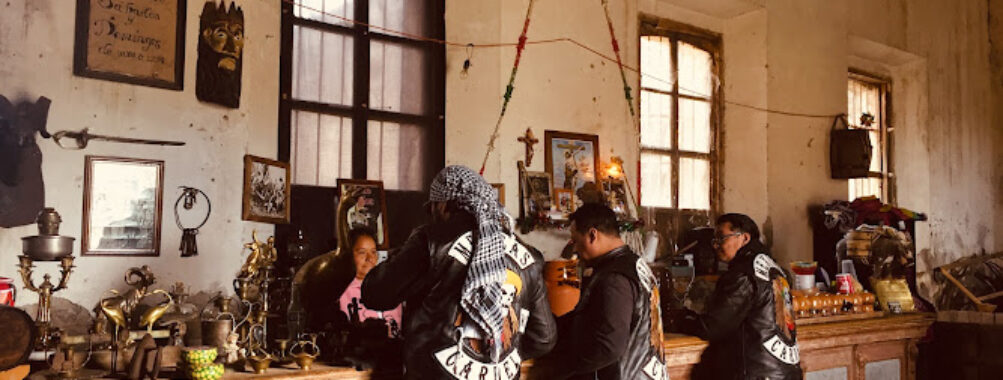
Museo del Pulque
Table of Contents
Description
The Museo del Pulque stands as Mexico City’s tribute to one of its most fascinating traditional beverages. Y’know, I’ve always been intrigued by how this place manages to blend education with pure entertainment – it’s basically a crash course in Mexican cultural heritage that just happens to involve an ancient alcoholic drink! The museum showcases the complete story of pulque, from its sacred Aztec origins to its modern-day renaissance.
Walking through the exhibits, you’ll discover the entire process of making pulque from the agave plant (trust me, it’s way more interesting than it sounds). The museum occupies a historic pulquería, which adds this awesome layer of authenticity to the whole experience. I particularly love how they’ve preserved the original architectural elements – those old walls practically tell stories of their own!
Key Features
- Interactive exhibits demonstrating traditional pulque production methods
- Historical artifacts and photographs dating back to pre-Hispanic times
- Original murals depicting pulque’s cultural significance
- Preserved traditional pulquería architecture and décor
- Tasting area where you can sample different varieties of pulque
- Cultural events and workshops about Mexican traditions
Best Time to Visit
From my experience, the best time to check out the Museo del Pulque is during weekday mornings, especially Tuesday through Thursday. The crowds are thinner then, and you’ll have more space to really soak in the exhibits. But hey, if you’re looking for a more lively atmosphere, weekend afternoons can be pretty fun too – that’s when most of the tastings and cultural events happen.
Avoid visiting during major Mexican holidays unless you’re cool with larger crowds. The museum tends to get pretty packed during these times, which can make it harder to really appreciate the detailed exhibits and artifacts.
How to Get There
Getting to the Museo del Pulque is actually pretty straightforward. If you’re taking the metro (which I totally recommend during non-peak hours), hop off at the Garibaldi station and walk a few blocks. For those who prefer ride-sharing or taxis, just show them “Museo del Pulque” – most drivers know exactly where it is.
And if you’re feeling adventurous like I was on my first visit, you can always walk from the Zócalo area – it’s about a 20-minute stroll through some really interesting neighborhoods. Just keep your phone’s map handy, cause the streets can be a bit tricky to navigate at first.
Tips for Visiting
Listen, I learned some of these the hard way, so here’s what you should know: First off, bring cash – while they might accept cards, smaller denominations of pesos come in handy for tastings and souvenirs. Try to allocate at least 2 hours for your visit – there’s way more to see than you’d expect.
If you’re interested in the tastings (and c’mon, you should be!), eat a proper meal beforehand. Pulque on an empty stomach isn’t the best idea – trust me on this one! The museum offers guided tours in Spanish, but you can usually find an English-speaking staff member if you need help understanding something.
Oh, and don’t forget your camera! The building itself is incredibly photogenic, and the exhibits make for some amazing shots. Just remember to check if photography is allowed in specific areas. During summer months, the building can get pretty warm, so dress comfortably and maybe bring a small fan – the ventilation in some rooms isn’t exactly modern-day perfect.
And here’s a pro tip: check their social media before visiting, as they often host special events and temporary exhibitions that aren’t advertised elsewhere. These can really add an extra special dimension to your visit – I once caught an amazing traditional music performance that totally made my day!
Location
Places to Stay Near Museo del Pulque
Find and Book a Tour
Explore More Travel Guides
No reviews found! Be the first to review!